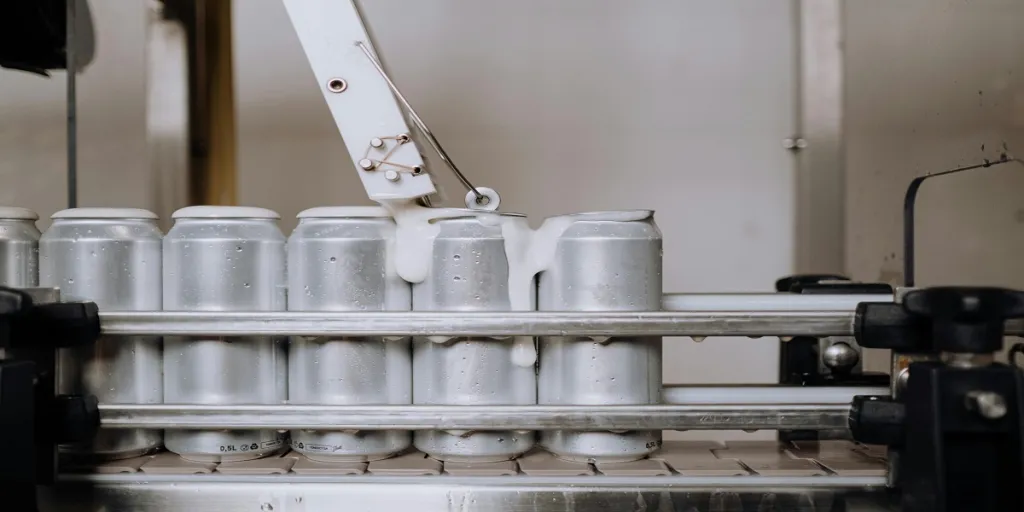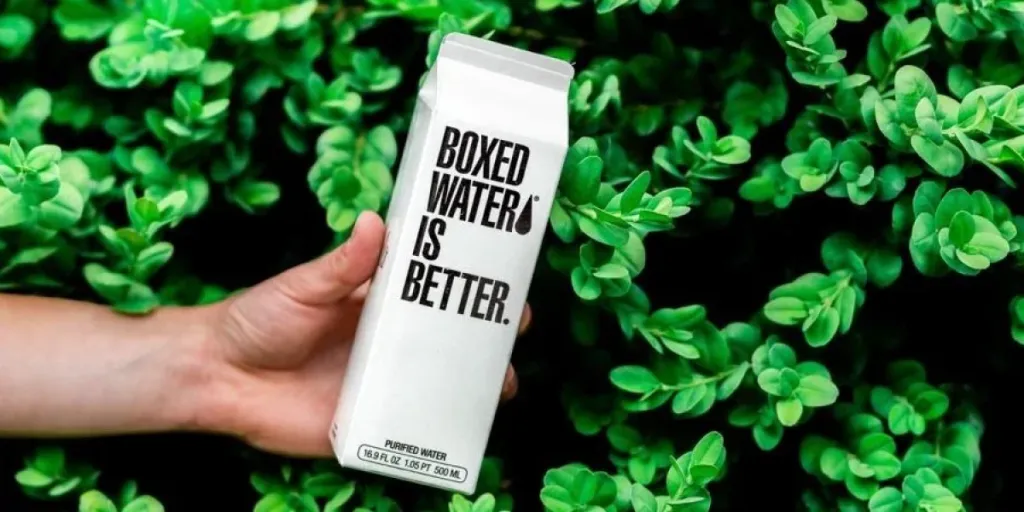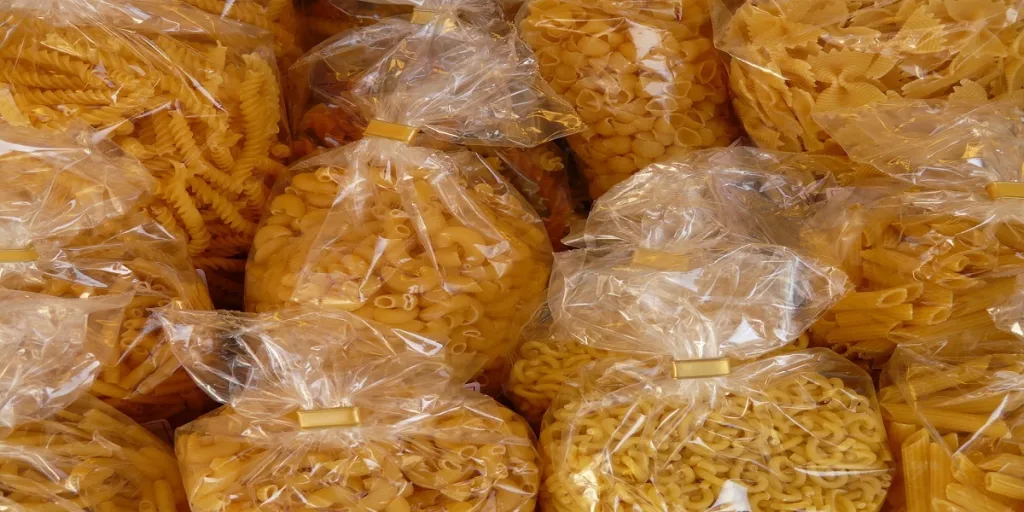As pressure mounts for brands to drastically cut carbon emissions in line with the Paris Agreement goals, the packaging industry is poised for transformation. Consumers increasingly demand sustainable packaging and are ready to abandon brands guilty of greenwashing. Forward-thinking companies have a critical opportunity to future-proof their business with packaging innovations that slash emissions. In this article, we’ll explore 5 key trends shaping the push for net-zero packaging by 2026.
Table of Contents
• Eliminate the unnecessary
• Paper makes perfect
• Material innovations
• Carbon capture
• Net zero by the numbers
Eliminate the unnecessary

One of the most impactful ways brands can cut packaging emissions is by ruthlessly eliminating excess – whether unnecessary layers, elements or oversized boxes. Right-sizing packaging to fit products, lightweighting materials, and boosting recycled content can deliver dramatic carbon savings.
P&G China developed recyclable air capsule shippers that cut material weight by 40% compared to corrugated boxes. Beiersdorf is transitioning to minimum 50% recycled aluminum in its deodorant packaging to reduce annual emissions by around 30 tons.
Paper makes perfect

With mounting evidence that plastic packaging has a significantly higher carbon footprint than previously thought, brands are embracing paper to boost recyclability and cut emissions. Paper packaging biodegrades much faster than plastic, can be recycled more times, and avoids the issue of microplastic pollution.
Italian company Fameccanica developed a 100% paperboard pack for laundry detergent pods with a 53% lower carbon footprint than plastic boxes. Pepsi Co’s shift to paper multipack wrappers is set to reduce greenhouse gas emissions by 52% per pack.
Material innovations
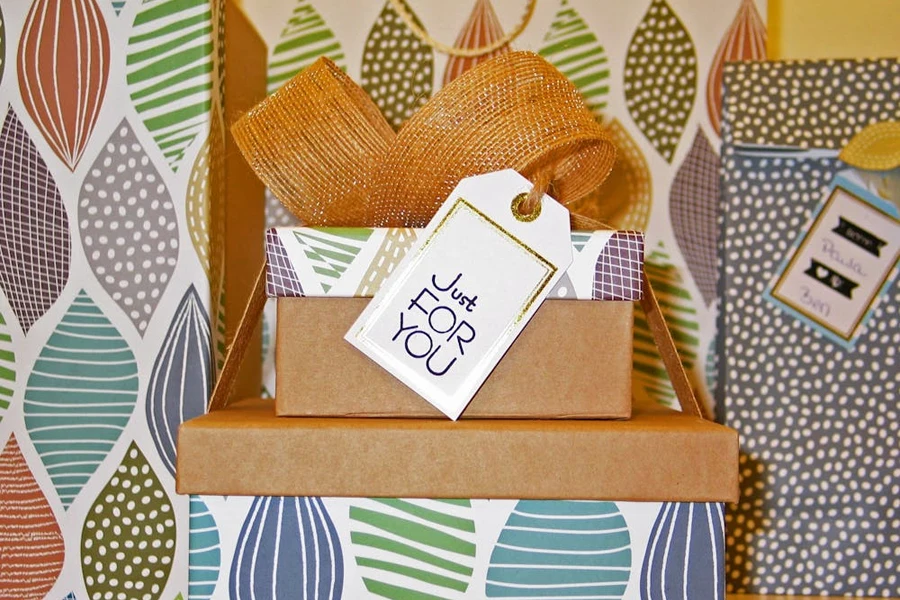
Ongoing materials science breakthroughs are yielding new low-carbon packaging substrates – from edible films to avoid hard-to-recycle flexibles, to paper made from regenerative crops like hemp and algae. Where plastics remain necessary, recycled content and more efficient manufacturing can still make an impact.
Gaia Biomaterials’ home compostable bioplastic delivers carbon neutral packaging, while Neste and Lotte Chemical’s NesteRE plastics, made from waste feedstocks, reduce emissions up to 85%.
Carbon capture
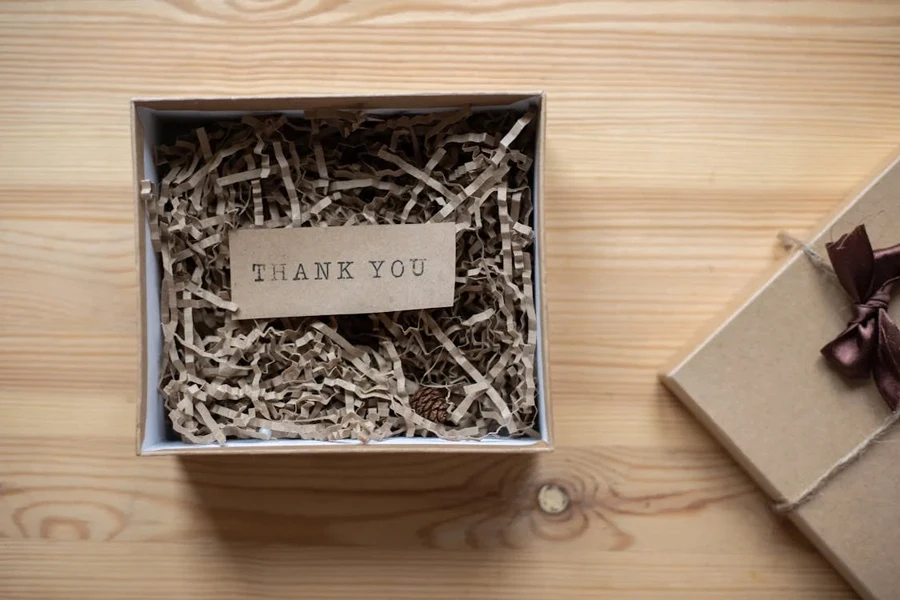
Some of the most exciting packaging developments repurpose captured CO2 emissions as a feedstock for new materials – simultaneously storing carbon and displacing fossil fuel use. If scaled, these technologies could make a massive dent in atmospheric carbon levels.
Korea’s LG Chem debuted cosmetic packaging made from polyethylene carbonate (PEC) derived from factory emissions. Plastipak says its PET resin is the first made from captured carbon. Even packaging pigments are evolving – like Graviky Labs’ Air Ink which stores atmospheric carbon in black pigments.
Net zero by the numbers
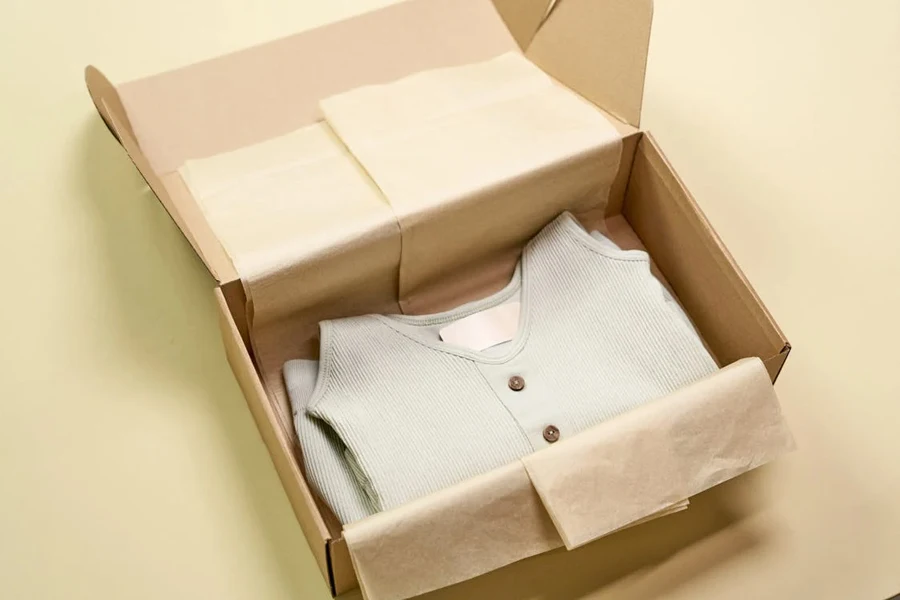
The time for incrementalism is past – nothing short of a packaging revolution will keep global warming under 2°C as outlined in the Paris Agreement. With current trajectories, emissions are set to fall just 10% by 2030, far short of the 43% reduction needed. The consequences couldn’t be starker – from 99% of coral reefs dying off to millions displaced by rising seas if warming exceeds 2°C by 2100.
The good news is 90% of consumers say sustainability is important for choosing brands. Those making legitimate ESG claims are growing at twice the rate of competitors. The opportunity – and imperative – couldn’t be clearer for brands to embrace net-zero packaging now.
Conclusion
The road to net-zero packaging is still long, but leading brands are showing the way with material innovations, waste reduction, and carbon capture technologies. Whether swapping plastic for paper, lightweighting and right-sizing packs, or incorporating carbon-storing materials, myriad opportunities exist to dramatically decarbonize packaging. With time running out to avert the worst climate impacts, brands can’t afford to delay the net-zero packaging transition. Those who move decisively now stand to win the loyalty of climate-conscious consumers and secure their relevance for a carbon-constrained future.

